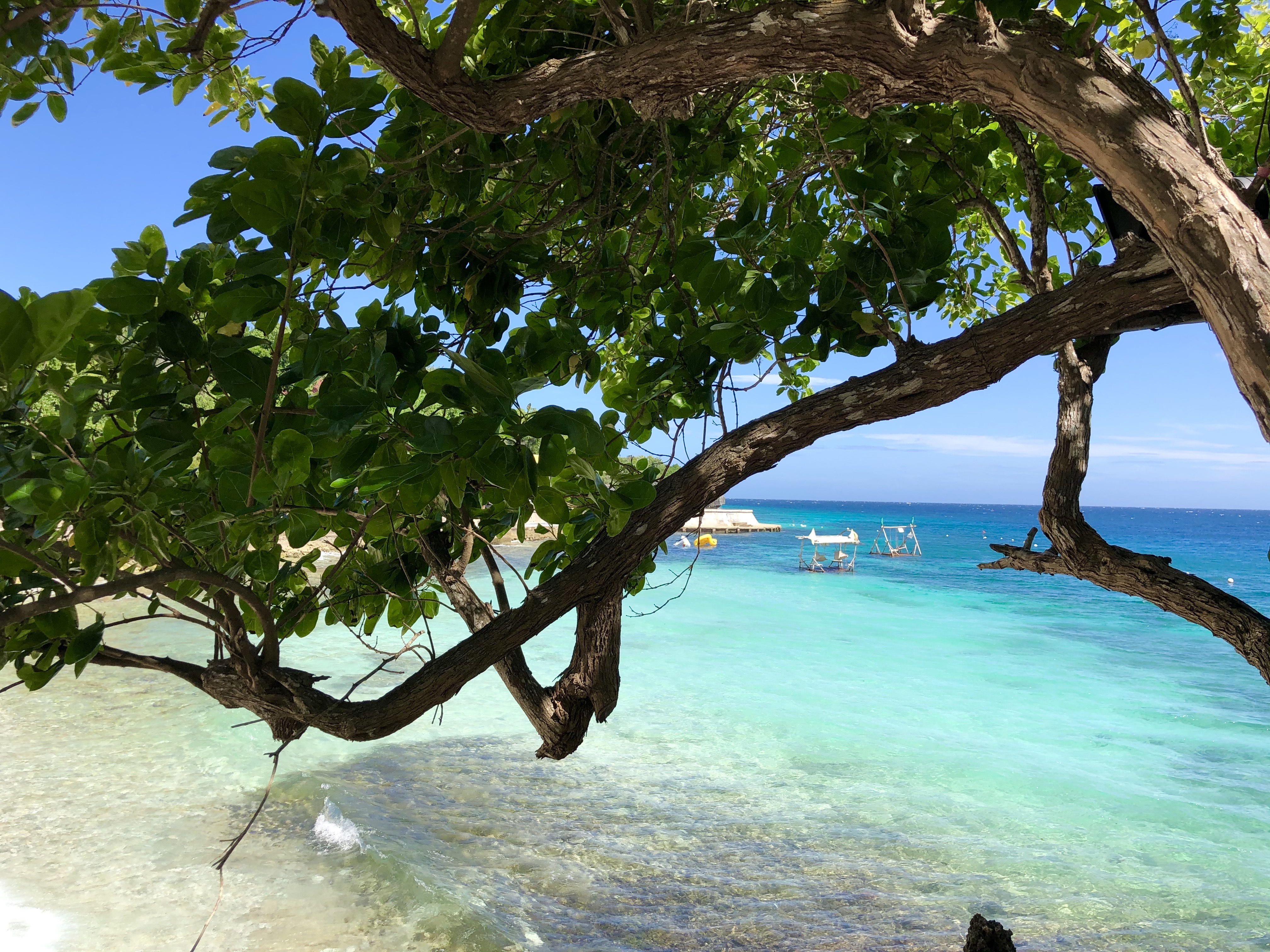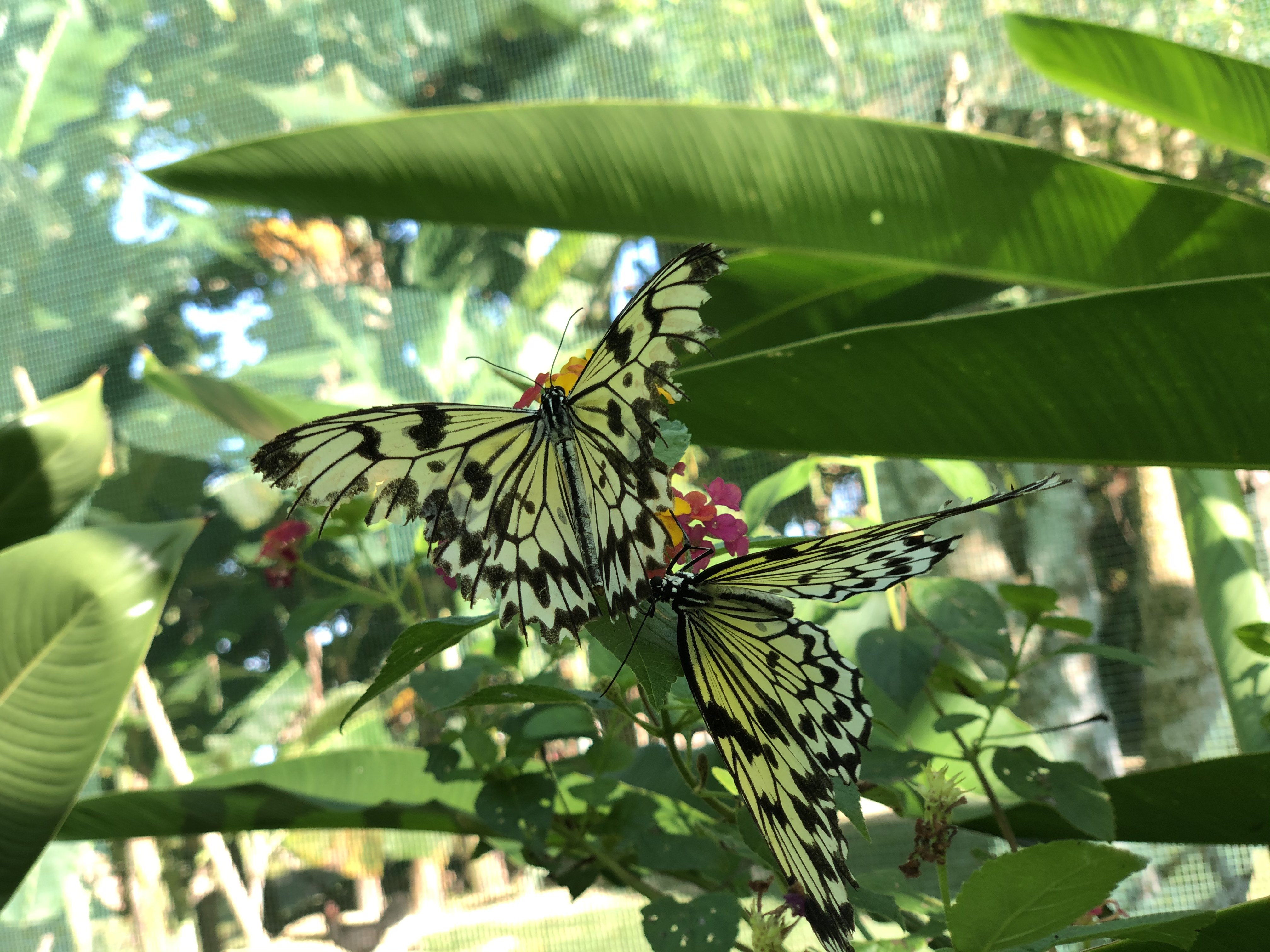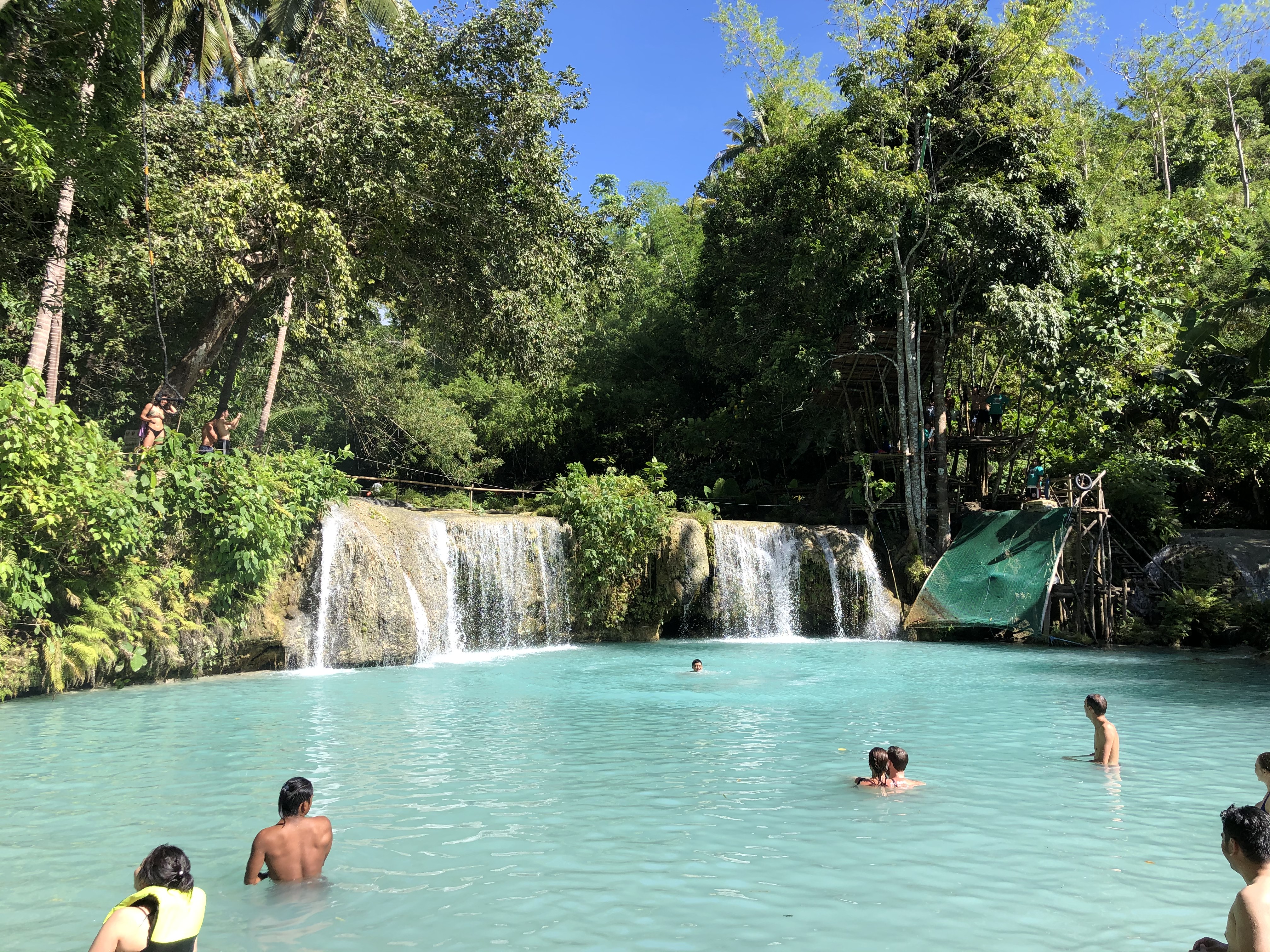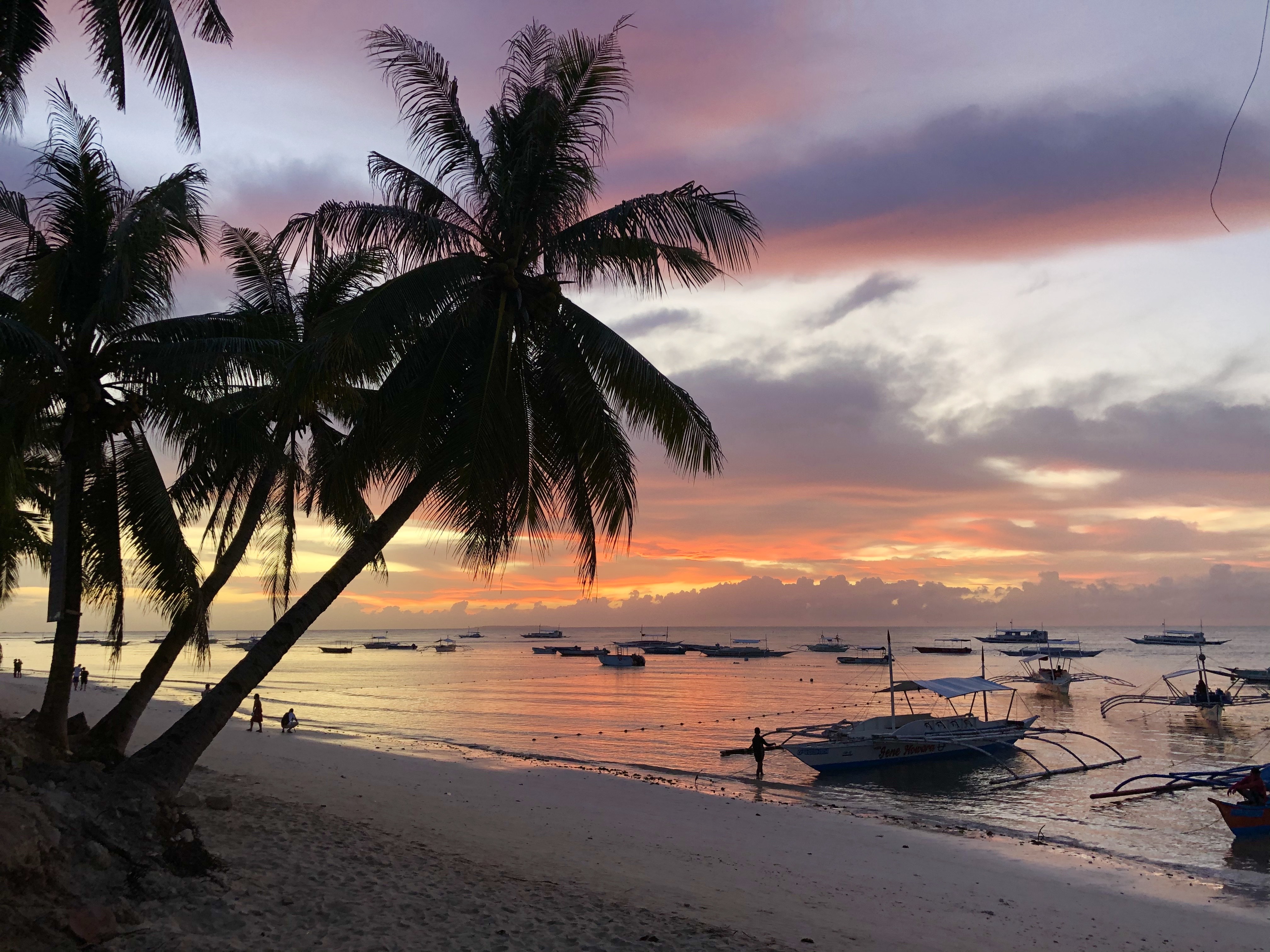EL NIDO, The Philippines —The Philippines is what most people imagine when picturing a paradise: white sand beaches, clear blue water, rainforests, and diverse nature. So it’s no surprise the island country makes a perfect destination for a relaxing, yet adventurous vacation.
The two-flight trip from Ukraine to the Philippines will take at least 14 hours. But what it has to offer is well worth the lengthy journey.
The country’s tropical climate has a dry season that lasts from November until April. The best time to visit is winter, when the temperature averages at 26 degrees, while the days are sunny and there’s no rain.
Hopping islands
The country consists of more than 7,000 islands, so picking one or several to visit might be a challenge. The safe bet is to go with the most popular locations, which are well-explored by tourists.
One of them is the eastern province of Palawan. It is the largest in the country and combines over 1,700 islands. The area’s most-visited destination is El Nido, a city surrounded by what is often called some of the most breathtaking beaches on earth.
One of the unforgettable experiences that tourists can enjoy at El Nido is a boat trip tour to cliffs and lagoons. The boat will take visitors to the powdery-white sand beaches, while its crew will cook lunch on the boat and stop in a picturesque lagoon among the cliffs to enjoy seafood meals.
There are nice beaches around El Nido, but not in the city itself — one can take a tricycle (tyk-tyk) to get to the beach. The ride will cost around 50 pesos. It is recommended that tourists check with locals on the tariffs for tricycles and taxi to avoid being charged times more.
But there’s no need to stay in El Nido throughout the whole vacation — one should rather try what is called hopping islands.
One of the nearby ones is a picturesque island with cliffs and lagoons called Coron. One can take a four-hour trip on a ferry from El Nido to get to Coron. The island is a perfect location for snorkeling and scuba diving.
As the Philippines is one of the 17 biologically megadiverse countries, tourists will be able to see an extremely rich and varied marine life here — clownfish, butterflyfish, big turtles and corals. A waterproof camera will come in handy to capture the impressive range of flora and fauna.
Another popular attraction at Coron is Kayangan Lake surrounded by mountains. The site’s crystal clear water reflects the tree-covered cliffs making a mesmerizing landscape to discover. Tourists can take a live jacket and enjoy an unforgettable swim there.
Those who want to go off the beaten track should hop Ditaytayan and Malcapuya islands. Both areas have marvelous white sand and clear blue water, however, they are more remote and wild and are not packed with tourists. To get to Ditaytayan and Malcapuya visitors can either rent a private boat or book package day trips offered locally.
After intense days of island hopping one might want to relax at the Miquinit hot spring — its saltwater is naturally hot and reaches 38–40 degrees Celsius.
Those who want to explore the difference between the Philippines’ islands, should take a flight from Coron to the Bohol province. It’s a beloved touristic place with famous public Alona Beach and brown-colored limestone formations, known as the Chocolate Hills.
The less crowded alternative resort to Alona Beach is Dumaluan Beach, a big quiet area full of starfish. The entrance costs 25 pesos.
For another kind of experience, tourists can take a speedy ferry from Bohol to the Siquijor island. It’s only one hour away but it offers a different side of the Philippines: the area is extremely quiet and safe and it is packed with numerous conceptual bars and hotels. One will also feel intrigued by Siquijor’s mystic legends. The locals say that the island is bewitched and sell voodoo dolls at souvenir shops.
In addition, there are some natural beauties to check, such as the well-known Cambugahay Falls. There, one can try an extreme experience of rope swinging and jump into the blue water.
Another active way to spend time at Siquijor is to rent a motorbike and make a trip around the island. A non-stop ride will take three hours.
Food and people
Filipinos are extremely friendly people who always greet tourists with a smile. They are very laid back living a relaxed life under the hot tropical sun — they never hurry and, therefore, never come on time.
Most of the locals speak English, as it is the second official language in the country, which makes the journey easy and enjoyable. Filipinos are also a very religious nation – the majority of the population are Catholics.
The local food is a unique mix of Asian and Spanish cuisines that formed while the Philippines were a Spanish colony. One of their most famous dishes is sizzling shrimp cooked with garlic and chili pepper. Street food here is also a fresh and delicious must-try — travelers can pick any products from the stalls, such as shrimp, squid, chicken, and pork, and the cooks will make a dish upon order.
When dining in the Philippines, forget about knives. The locals eat pinoy-style using a fork and spoon.
There is also some bizarre food for tourists. For instance, balot egg — developing bird embryo, usually duck that is boiled and eaten from the shell. Another one is grilled chicken feet.
Environmental awareness
Eco-friendly way of living is promoted on all levels in the Philippines. In many places throughout the country, plastic bags are banned, while the explanatory signs about their harm can be noticed all around the islands.
The local businesses support the policy. In most bars, drinks are served with a metal or a bamboo straw instead of plastic ones. And many of them push environmental awareness on the level as little as setting the “say no to plastic” password for their Wi-Fi.
Apart from that, smoking is prohibited in most areas, so smokers should look for special signs that allow it.
Money
The local currency is the Philippine peso (PHP). The exchange rate for $1 is 50 pesos.
Hotels, places to stay
An average price for a hotel room is $70 per night.
How to get there:
Turkish Airlines fly to Manila, the capital of the Philippines, every day with the connection in Istanbul. It’s a 17-hour journey. The ticket price averages at $1,300.
Once in Manila, the cost of domestic flights to get to the islands may vary depending on where and what time of the year you travel. The average price in peak season is $100. Tickets to the ferries between islands cost around $35.






